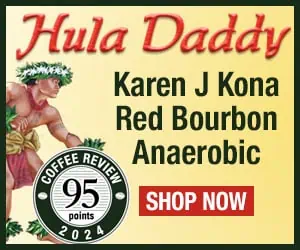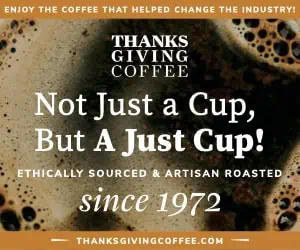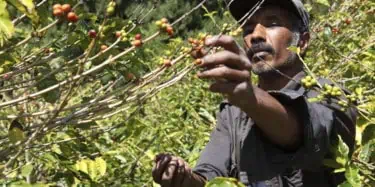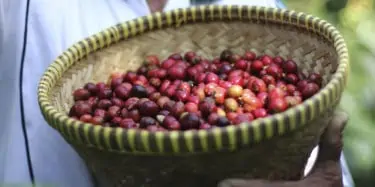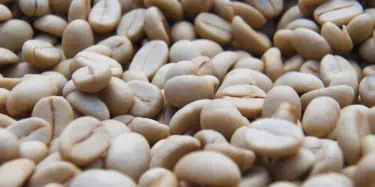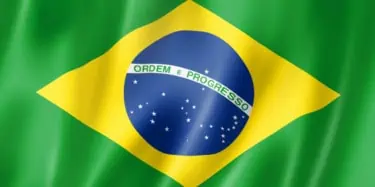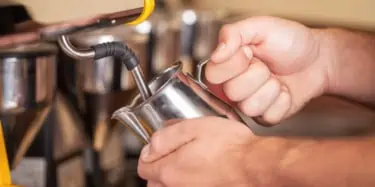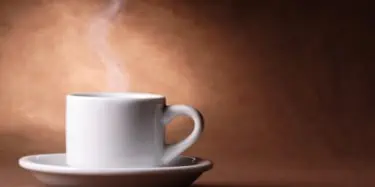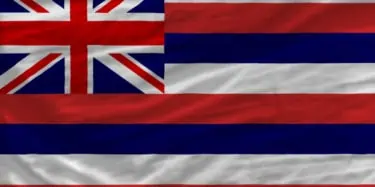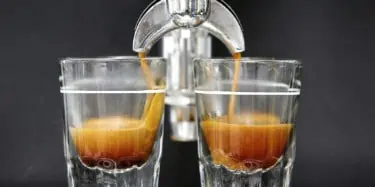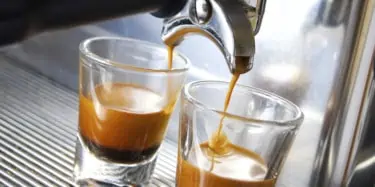Doubtless many coffee growers and exporters watch with dismay and perhaps a sense of betrayal as green coffee prices fall to historical lows while retail coffee prices stay about the same. To be explicit, consumers are now paying only a little less now than they did a couple of years ago for roasted coffee, while most growers are paid much, much less than they were back then. For most observers,
Journal
Coffee Review publishes regularly scheduled monthly coffee tasting reports according to our editorial calendar as well 100-point wine-style coffee reviews throughout the month. Our Journal page is where we share news, updates, and general blog posts to keep readers and industry professionals up to date about Coffee Review and other topics of interest to coffee lovers.
Snobs Vs. Altruists and the Coffee Price Crisis
Most readers of major newspapers know that a glut of cheap, poor quality coffee of the robusta species has triggered a worldwide coffee surplus, driving prices down to unprecedented low levels and plunging parts of the world dependent on coffee growing into economic and social crisis. Farm workers and peasant growers are being forced off the land where they have lived for generations into the
What Makes Sumatra Coffees Taste The Way They Do?
Coffee aficionados often assume that coffees from various origins taste different purely because they are grown in different climates and soils or produced by different botanical varieties of Coffea arabica. Obviously both assumptions are true. However, we often overlook the influence of how coffee beans are processed, or stripped of their fruit and dried. This procedure has a key impact on
A Roast Master’s Perspective on Dark Roasts: John Weaver
When Ken asked me to do this tasting with him I agreed with some trepidation. I was afraid that my honest and unbiased opinion might be viewed as skewed because of my position as head roaster at Peet's Coffee & Tea. However, my intention is to help. Everything involved with coffee is interesting to me, and blind tasting coffee has always been an enjoyable and valuable experience. For
Fun without the Buzz: Decaffeination Processes and Issues
Coffee is decaffeinated in its green state, before the delicate oils are developed through roasting. Hundreds of patents exist for decaffeination processes, but only a few are actually used. The trick, of course, is how to take out the caffeine without also removing the various components that give coffee its very complex flavor. Traditional or European Process In the process variously called
On Matching Roast to Bean
Kevin Knox writes: In tasting through the Costa Rican samples for the June 2002 article Cupping with Ken Davids (and Kevin Knox): Costa Ricas, I was struck by the fact that while the samples represent a broad range of roasters, the range of roasts applied to the coffees was exceedingly narrow, ranging from moderately dark traditional full city (chestnut brown, no oil) in a few cases to quite dark
A New Brazil Cup?
Not too long ago, Brazil coffees seldom made it onto American specialty menus. If they did they were identified rather generically as "Santos," a term describing the higher grades of Brazil coffees, usually from the growing regions of Mogiana and Sul de Minas. The Santos cup, long a mainstay in better-quality blends in Europe and the eastern part of the United States, is typically low-acid,
Espressos for Cappuccino and Caffe Latte
Espresso is the most demanding of all systems for brewing coffee. Not only does the slightest error in brewing doom the cup, but this system, which extracts the flavor elements of a serving of coffee in 15 to 20 intense seconds, exaggerates any flaw or imbalance in the coffee itself. So an espresso blend must be subtle and balanced. On the other hand, espresso coffee in the United States is
The Robusta Fuss
For those who just walked into the coffee movie, most of the coffee grown commercially in the world comes from trees of two species: arabica and robusta. Coffea arabica is the original commercial species of coffee, the one that Kaldi's tiresomely celebrated goats ate, the species that first sold human beings on the pleasures of the cup. Robusta, the popular name for Coffea canephora, is a
Are Konas Worth It?
Or, to be more specific, is the actual coffee experience inside a Kona bag worth around $30 per pound, three to four times the price of the coffee experiences contained inside other bags? Most coffee professionals dont think so. Kona bashing is less prevalent in the specialty coffee industry than it was some years back, but you can still detect the barely concealed sneers behind the
The 2001 Panama Cupping Event
Most Panama specialty coffees are grown on medium-sized farms on the Pacific-facing slopes of 11,450-foot Volcan Baru, Panama's highest point. Wrinkled by coffee-friendly valleys, Baru rises gently but massively at Panama's western border with Costa Rica. Most of these farms are concentrated in the Boquete Valley on the southeastern side of the volcano. A few are scattered to the west, toward the
Classic Espresso Blends
In an American context, a classic espresso blend is one that achieves the heavy body and natural sweetness required of espresso brewing by skillful combining of naturally sweet, full-bodied coffees, rather than by trying to subdue acidy coffees through aggressive dark roasting. In these terms, all nine of the blends in this month's espresso tasting can be said to honorably aspire to the
West-Coast Espressos
The West Coast is doubtless the cradle of American espresso culture. True, Caffe Dante and Caffe Reggio were serving cappuccino in Manhattan long before the pioneering San Francisco and Berkeley caffes opened, and little storefront social clubs served espresso to domino and card players in Italian neighborhoods across the country for decades. But the whole business broke out of Italian enclaves
Espresso Blends
You walk into a cafe. Ominously empty. Hopper's Nighthawks, except it's eleven o'clock in the morning. Deep down you know no one has ordered coffee for the last two hours. With noirish resolution you consider the options: urn coffee that has stewed so long flavor is a remote memory, or an espresso, which at least will be fresh. Then you peer past the barista's bicep tattoos with dull resignation


